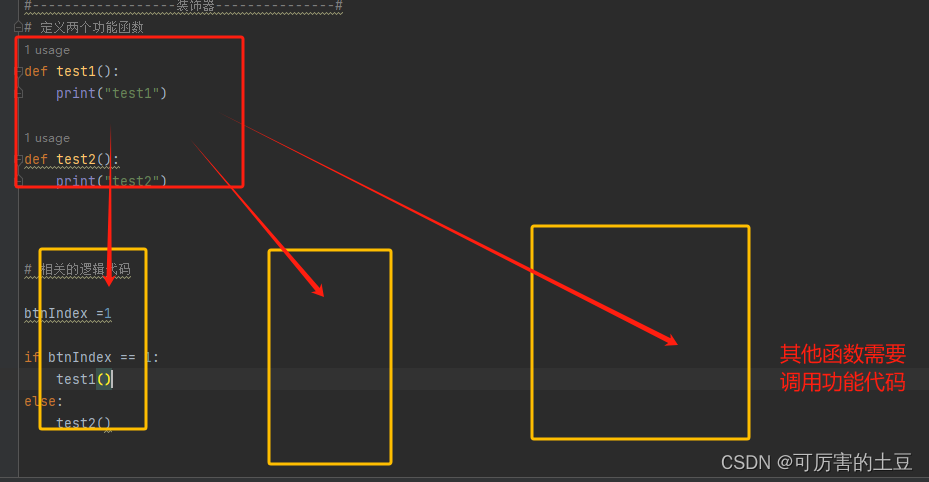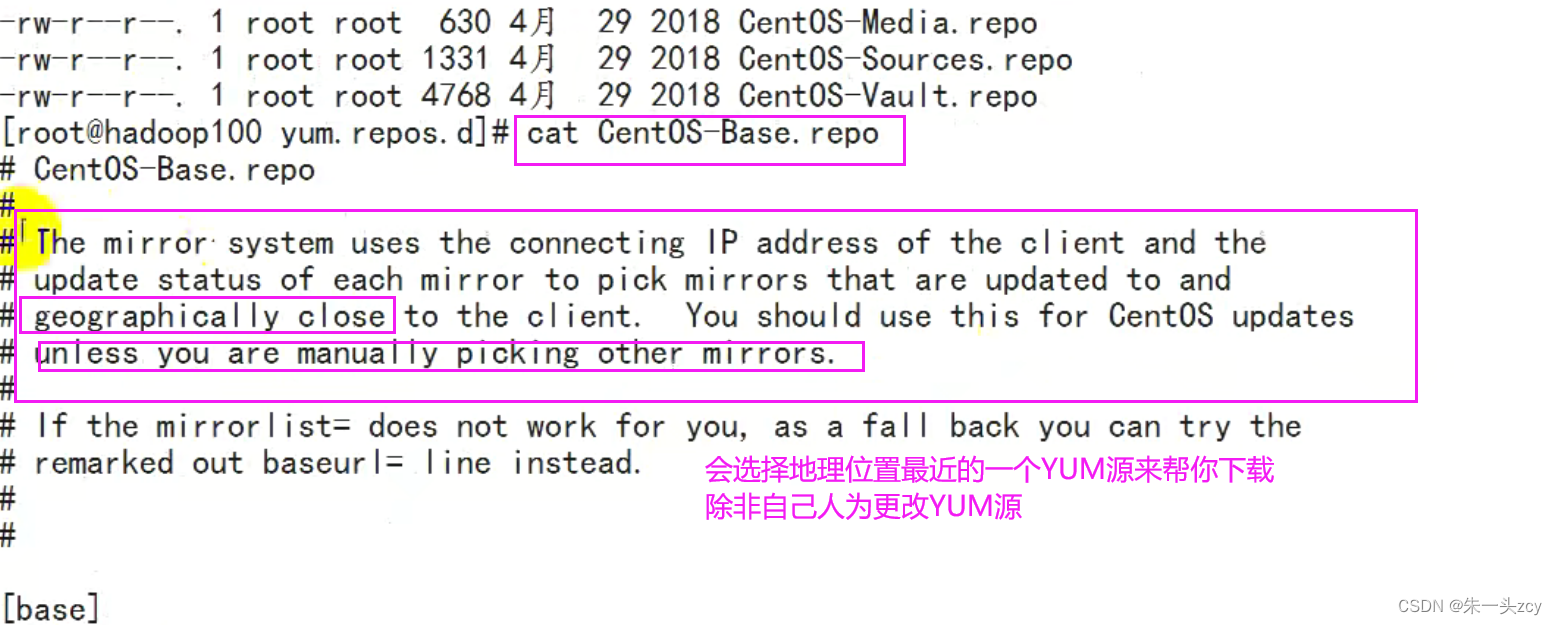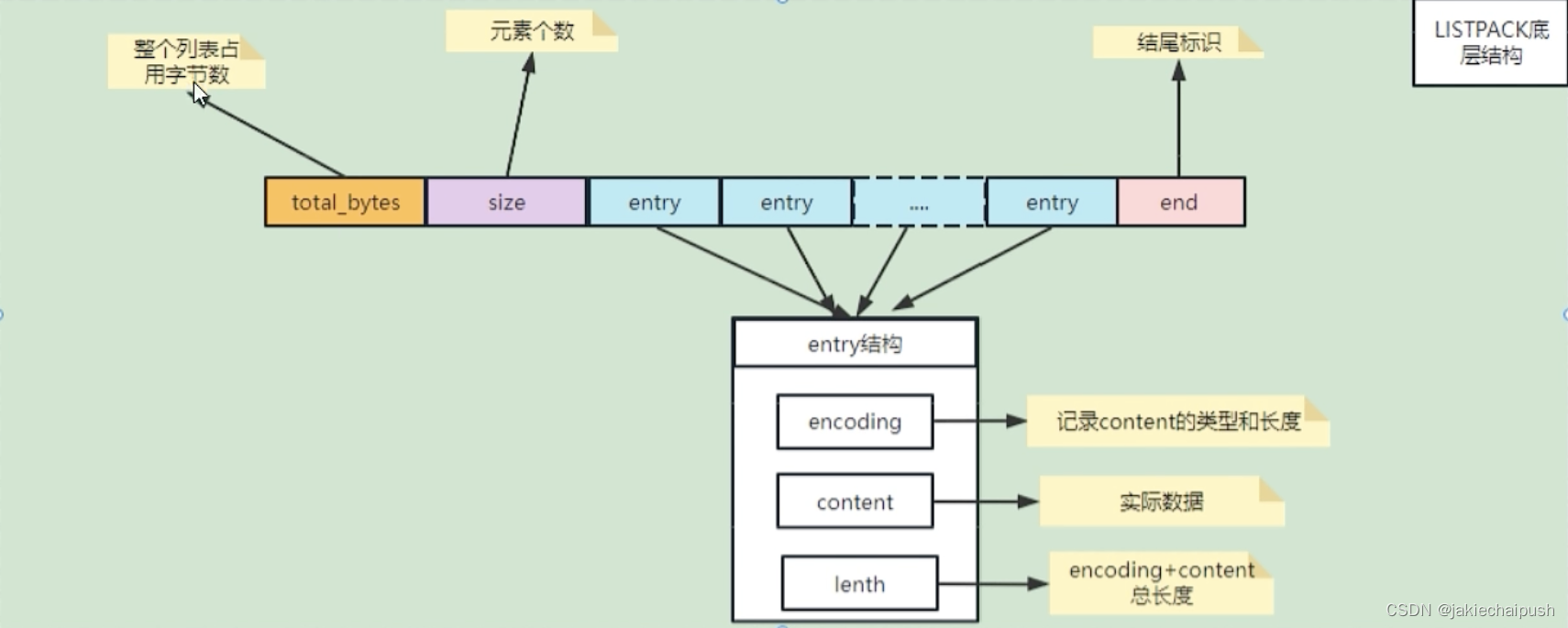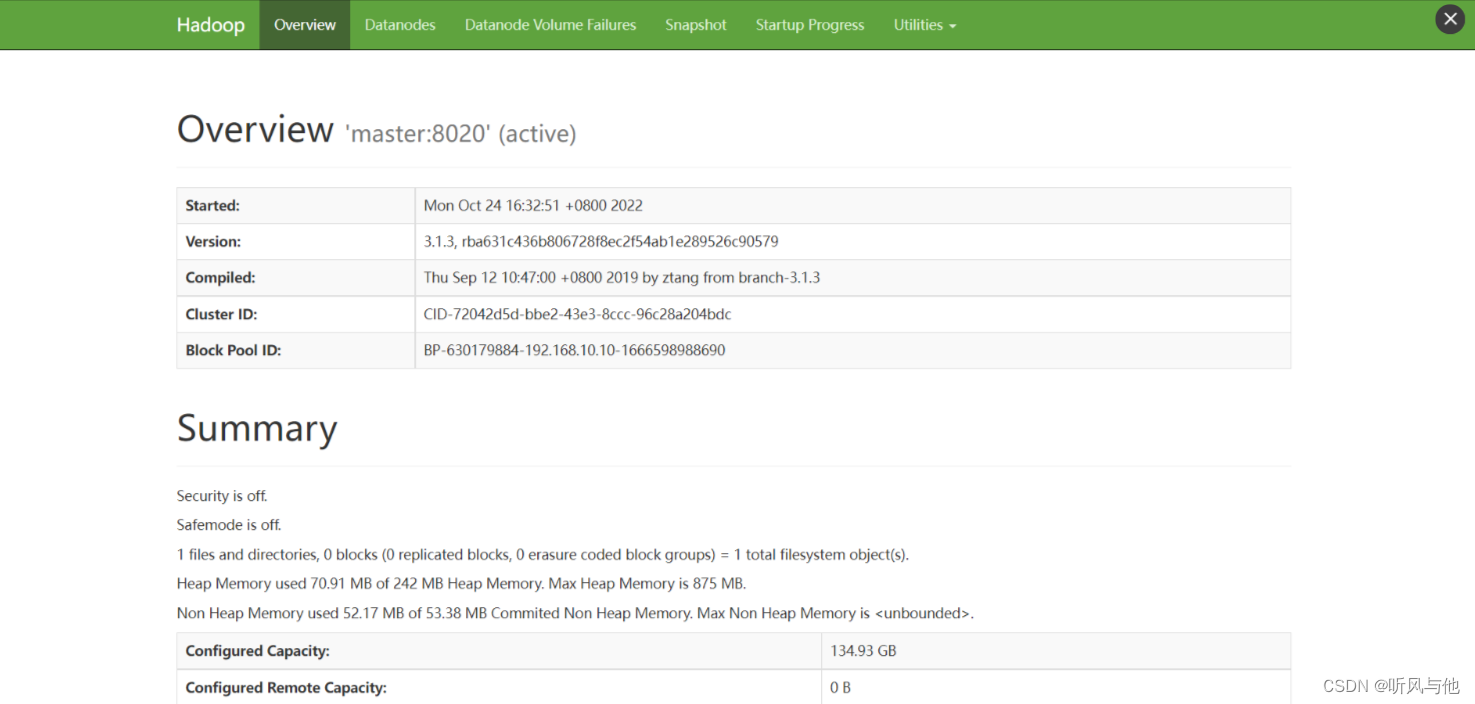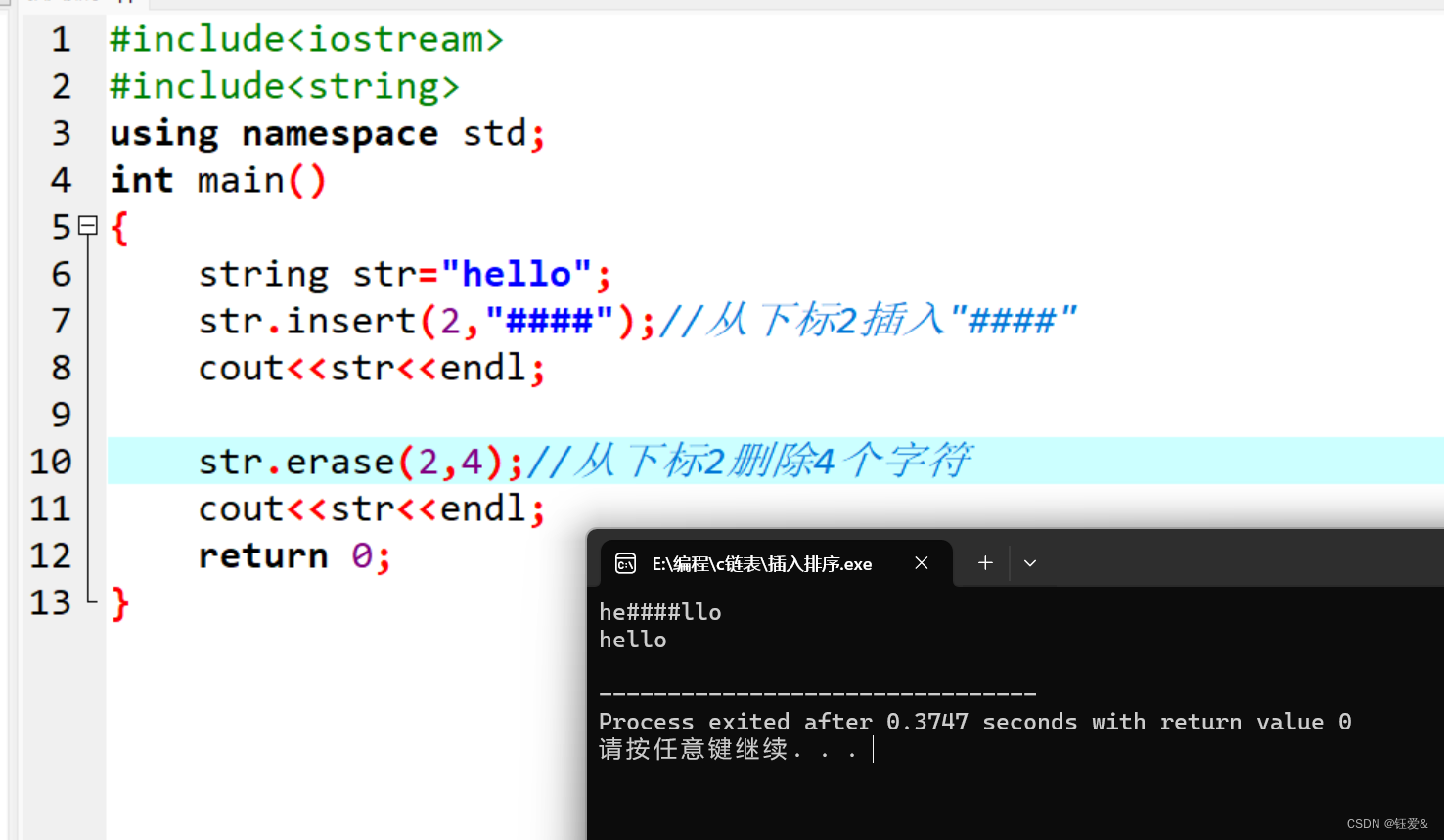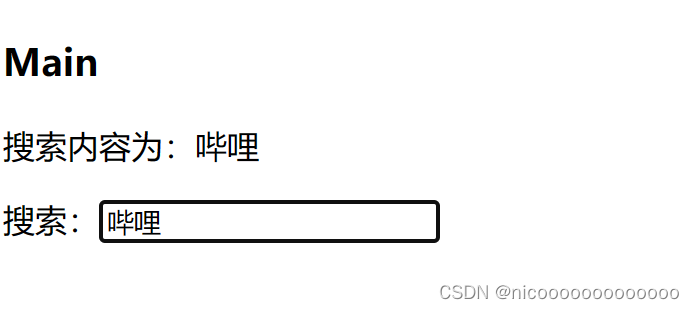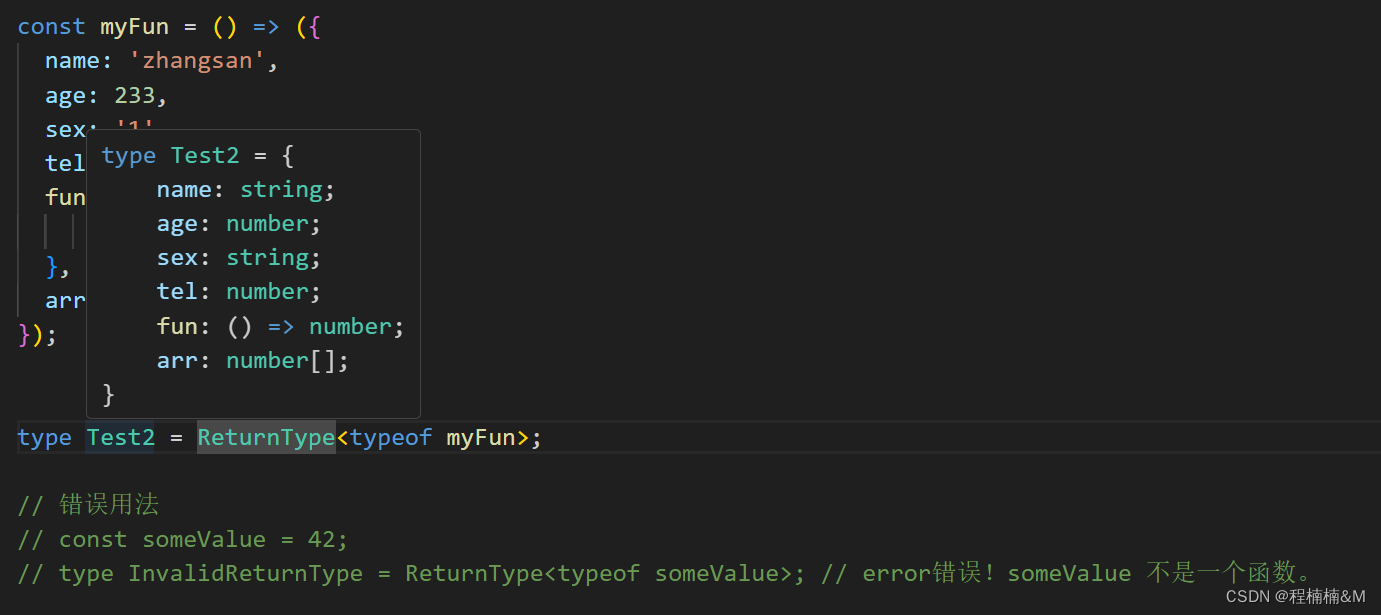一、echo
echo用于输出字符串
值得关注的地方
1、转义字符\。例如,echo "\"Hello,World\" is a classic sentence for programmer"。
2、read命令用于读取一行的输入,echo可以对输入进行输出
3、\n换行,\c不换行。需要在前面加上-e才会生效。
[root@VirTrxcx test]# cat var.sh
#! /bin/bash
echo This is a simple test.
echo Now please input a number you are thinking now:
read number
echo -e "Now,I know \c"
echo -e "you are thinking ${number}, right?\n"
echo This is another.
[root@VirTrxcx test]# ./var.sh
This is a simple test.
Now please input a number you are thinking now:
20
Now,I know you are thinking 20, right?
This is another.4、echo message > file
输出内容到文件,文件不存在会创建并写入,文件已存在则会覆盖内容。
5、单引号。原样输出所有内容。
6、反引号。执行命令。如echo `date`。
二、printf
作用和C语言的printf很类似,格式为printf format-string [arguments...]。
format-string控制输出格式,[arguments...]为待输出的内容。
和C语言类似的:
s是字符串,d是整数,f是浮点数,c是字符。
-7表示在7格内左对齐,没有-则是右对齐。
.2表示保留两位小数。
printf "%-7s %-7s %-5s\n" Name Sex weight
printf "%-7s %-7s %-5.2f\n" Trxcx M 53.125
printf "%-7s %-7s %-5.2f\n" Zy W 47.5三、test
检查条件是否成立。
利用运算符进行操作。运算符参考:13、Linux-Shell02:参数传递和运算符-CSDN博客
基本格式为:
if test condition
then
xxx
else
xxx
fi
a=10
b=20
if test $[a] -eq $[b]
then
echo "equal"
else
echo "not equal"
fi



